- Prehistoric fleas
- Flea species
- Fleas
- Flea jump
- Flea under the microscope
- Flea close up
- Flea eggs
Fleas - a large detachment of blood-sucking (hematophagous) insects, which includes more than 2000 species of fleas. In the deposits of the last epoch of the Paleocene period, relics of relict arthropods are found, which indicates the antiquity of these insects. More than 30 million years ago, new types of warm-blooded animals appeared on the planet with a cooling of the climate - horses, pigs, rabbits, camels, etc.
Together with them, a species of blood-sucking insects appeared, which parasitized on warm-blooded animals. But even earlier, in the Cretaceous period, “false fleas” parasitized on pterosaurs — giant insects very similar to modern microscopic parasites. How fleas of the era of flying dinosaurs look can be seen in the photo.
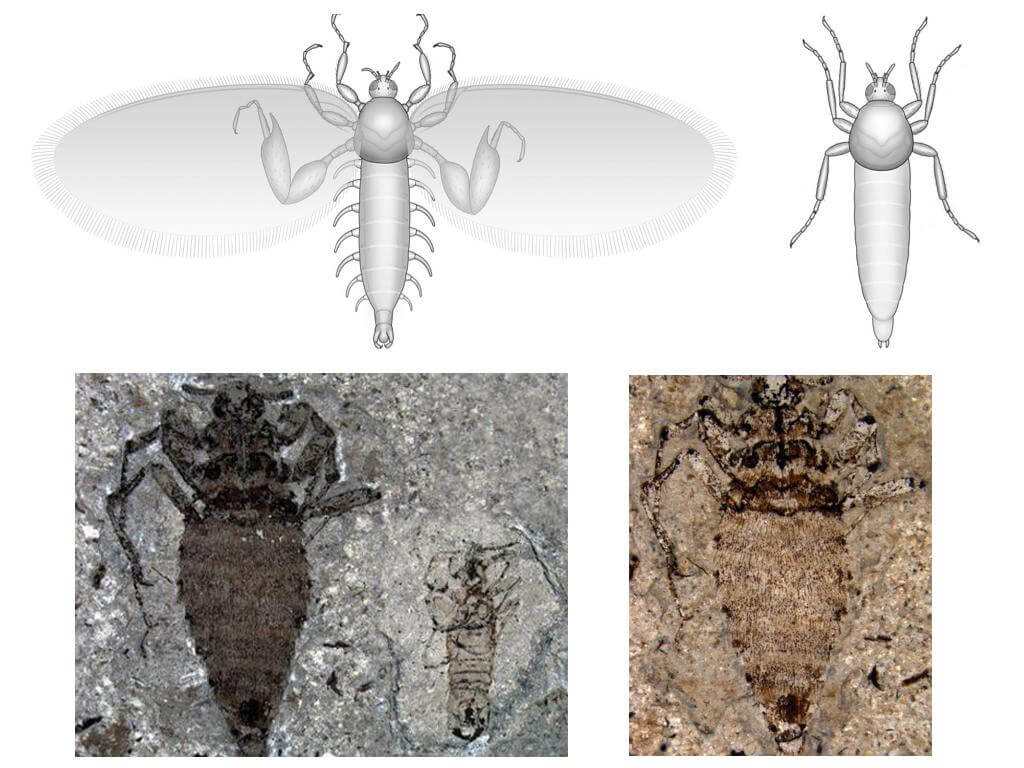
Where fleas live
Nature created fleas ideally adapted to parasitism. Over the centuries-old history of planet Earth, these insects have not changed significantly. The relic bloodsuckers sealed in pieces of Baltic amber do not differ from the modern variety of fleas in the house.
Representatives of fleas are found everywhere where there is food. Parasites mainly live in the tropical and subtropical zones, they are widely represented in the temperate, and certain types of blood-sucking insects are found at the pole.
Interesting!
Professor Stephen Chown from Stellenbosch University in South Africa published an article in which he notes with concern the settlement of the Antarctic Peninsula with uncharacteristic species of flora and fauna. Among the species brought into the Antarctic and firmly established here, there are two varieties of flea-tailed tails. They live in the topsoil and feed on organic plant debris.
The most common types of fleas
Fleas are classified by type of host on:
- human (pulex irritans);
- feline (ctenocephalides felis);
- canine (ctenocephalides canis);
- rat (Xenopsylla cheopis).
This does not mean that parasites have a species preference. Human fleas with the same pleasure bite not only domestic animals, but also wild ones. Only blood-sucking insects that parasitize on bats remain faithful to their owners. They are represented by a separate and relatively small group of Ischnopsyllidae (bats fleas).
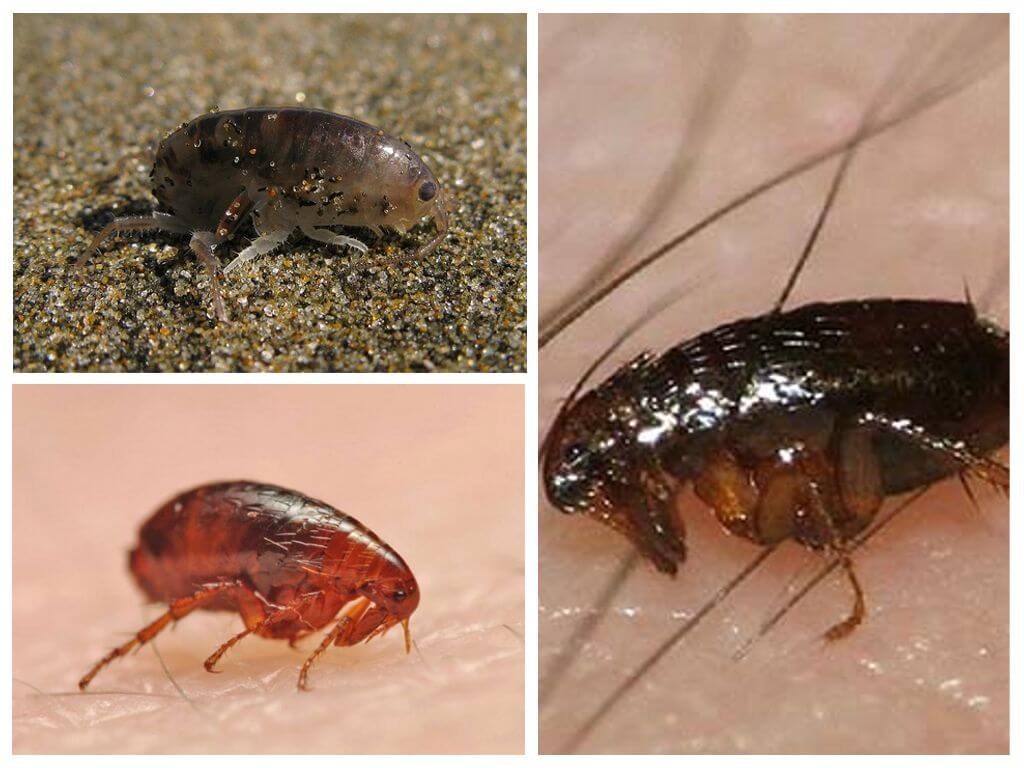
Only rare flea species are constantly found on the victim’s body. The rest live in the litter of holes, nests of birds, jumping on the owner, only to eat. What are the fleas in the habitat? They are divided into:
Such a division is conditional because the variety of fleas in the house includes all of the listed species. Earthen insects enter a person’s dwelling from the cellars; they bring sand insects after walking in the coniferous forest, from the beach. They settle in crevices of the floor, carpets, behind skirting boards. Lingerie love to live in the folds of bedding, clothes. The name reflects the location of parasites in the room or in nature. But often the variety of sand "vampires" is no different from those that are used to biting a cat or dog.
Interesting!
The folds of chic outfits and high hairstyles of ladies and gentlemen of the Victorian era were teeming with blood-sucking insects. For their catching, special devices were invented - flea traps, graceful openwork boxes inside which the bait was placed. Wool or cloth was wetted with honey, resin and a drop of blood was dripped. Insects crawling inside stuck to the filler.

Due to the fact that bloodsuckers easily change owners, the bubonic plague carried by rat fleas in the 17th century claimed the lives of more than 20% of Londoners. About 55 species of bloodsuckers are carriers of plague bacillus. For the first time, a plague pandemic was described in documents dating to 540. Then in Constantinople, the "black death" claimed 5-10 thousand people daily. The Bible tells of the plague epidemic.
Flea description
Fleas are ideally suited to their lifestyle and nutrition. The laterally tapered body is provided with spikes and bristles that help hold firmly among the fur and feathers. Flat fleas briskly scurry on any surface, they are very difficult to comb out or shake. On the head, abdomen and chest are jagged plates - ctenidia, which provide additional “anchoring” of parasites.
“Do fleas have wings?” What helps them make such gigantic leaps? ” - These questions have bothered scientists for centuries. And only fifty years ago, British researchers using a high-speed movie camera were able to capture and examine in detail what fleas look like during a jump. The flea does not have wings, which led to its ideal adaptation to ectoparasitism, but the unique structure of the limbs ensures its “jumping ability”.
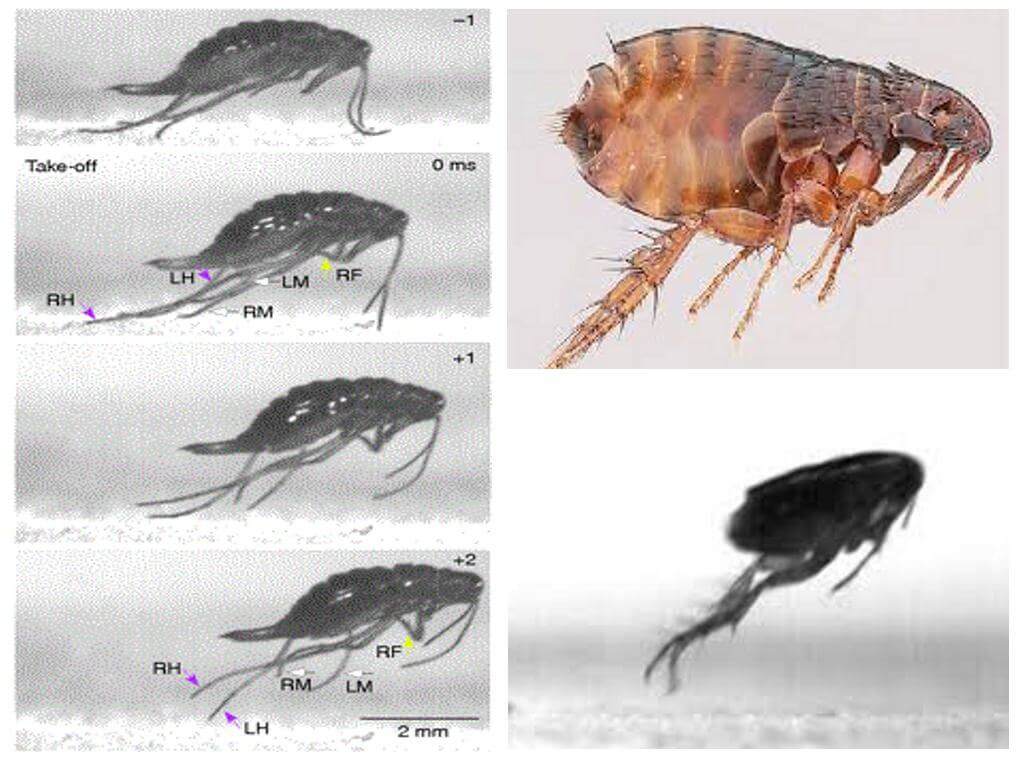
The photograph shows a characteristic feature of the structure of the body of the insect. Its hind legs are longer than the body. These powerful limbs help the pest jump high, hiding from pursuit, or jump onto its victim.
Interesting!
Specialists in neurodynamics and neurobiology M. Barrows (Cambridge) and G. Sutton (Bristol) found out the secret of flea jumping. Its limbs act on the principle of a catapult, “shooting” the body to a height of 30-50 cm. With the help of claws, the insect blocks its legs, slowly crouches, accumulating the energy of elastic deformation in a special structure, which consists of resilin protein, which is found only in jumping insects. When jumping, this structure releases up to 99% of energy, providing a powerful push. The acceleration, which develops a unique mechanism, is 100 times higher than the acceleration of gravity.
The flea’s reduced wings also help her jump, providing synchronism of repulsion from the surface. The legs of a flea have three pairs, like all insects. Middle legs help with jumping and translating.
A flea under a microscope strikes with a variety of patterns on the hips of the hind legs. Cutyloglyphics allows you to differentiate the types of blood-sucking insect. The special structure of the legs of a flea allows them to be folded like an accordion in a calm state, without interfering with food.
What a flea’s mouth looks like under a microscope
A close-up flea is a terrifying sight. In the photo, a view of an insect full face. The head is small, sloping. Behind simple eyes are antennas, which at rest the insect removes into special pits. Males with the help of antennae hold the female during mating. This structure of the head provides a deep immersion in the epidermis of the victim in order to reach the capillary. This is how a flea looks in profile under an electron microscope.
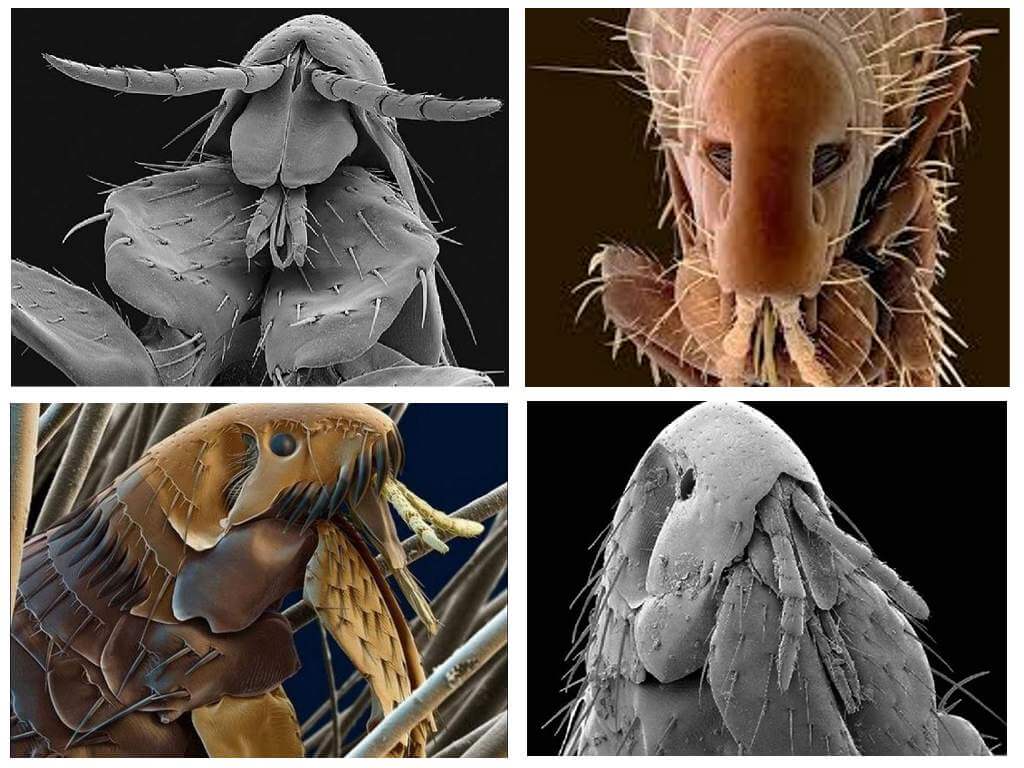
The oral apparatus of the piercing-sucking type is clearly visible. The upper pair of stylet gnaws the skin, the lower one expands the wound. The lower lip is a kind of case for a sucking proboscis. On it are located mobile palps - organs of touch. From above, the oral apparatus is covered by a head plate with sharp combed protrusions - ctenidia. The enzyme secreted by the salivary glands of the insect prevents blood coagulation.An insect does not mask its bite with painkillers, like many blood-sucking brethren.
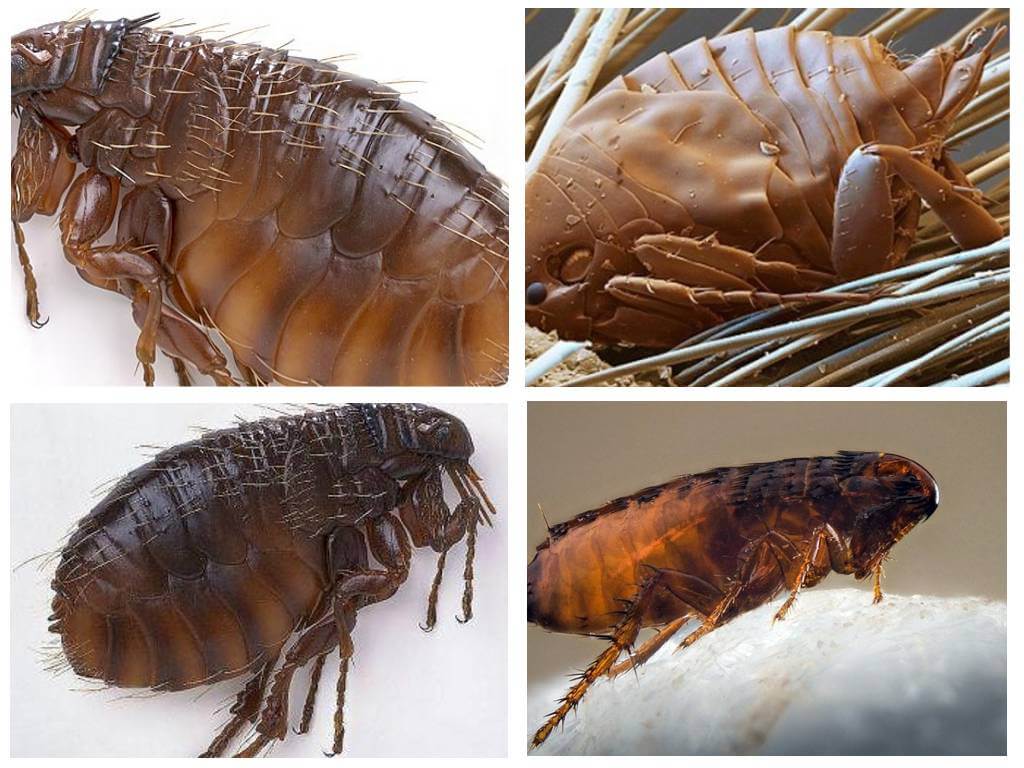
The abdomen, consisting of 10 segments, can increase as soon as an adult insect begins to feed. The fleas in the photo seem huge, in fact, the flea size varies from 1 mm to 5 mm, but in some species of females the abdomen hypertrophies and the insect can grow up to 10 mm. The largest are white fleas - alakurts. So they are called due to the fact that the eggs ripening in the abdomen stretch it, making it almost transparent. Alakurts parasitize in the long wool of sheep, but are found on other ungulates - roe deer, goats, gazelles, and moose.
The structural features of these blood-sucking insects are also present in the presence of a pygidium, characteristic only of the representative of this family of sensory organ. Localized on the back of the 8th segment, the pygidium is equipped with tactile hairy outgrowths of chitin (trichobotria), which catch air vibrations and inform the insect about the threat.
Unusual facts about fleas
Interesting facts about fleas are collected in the 6-volume edition of the Catalog of the Rothschild Flea Collection at the British Museum. The structure of a flea was studied by M.L. Rhodeschild, daughter of the famous C. Rothschild, who collected the largest collection of these insects. It was she who first began to study flea jumping mechanism and fully described what they are.
Interesting!
The color of the “vampire” cover depends on the color of the animal’s coat, on which the insect parasitizes. There are red, black, brown fleas. Insects of different ages also differ in color - the darker the color, the younger the imago. Through the white or yellow cover of the larvae, the brown digestive tract appears through, as they feed on clotted blood from the excrement of adult insects.
The weight of blood that a bloodsucker drinks is 6 times that of a flea. Blood helps her not only survive, but also multiply. A hungry "vampire" falls into a lethargic state. But once you feel the approach of food, the insect “comes to life” and jumps on the victim.
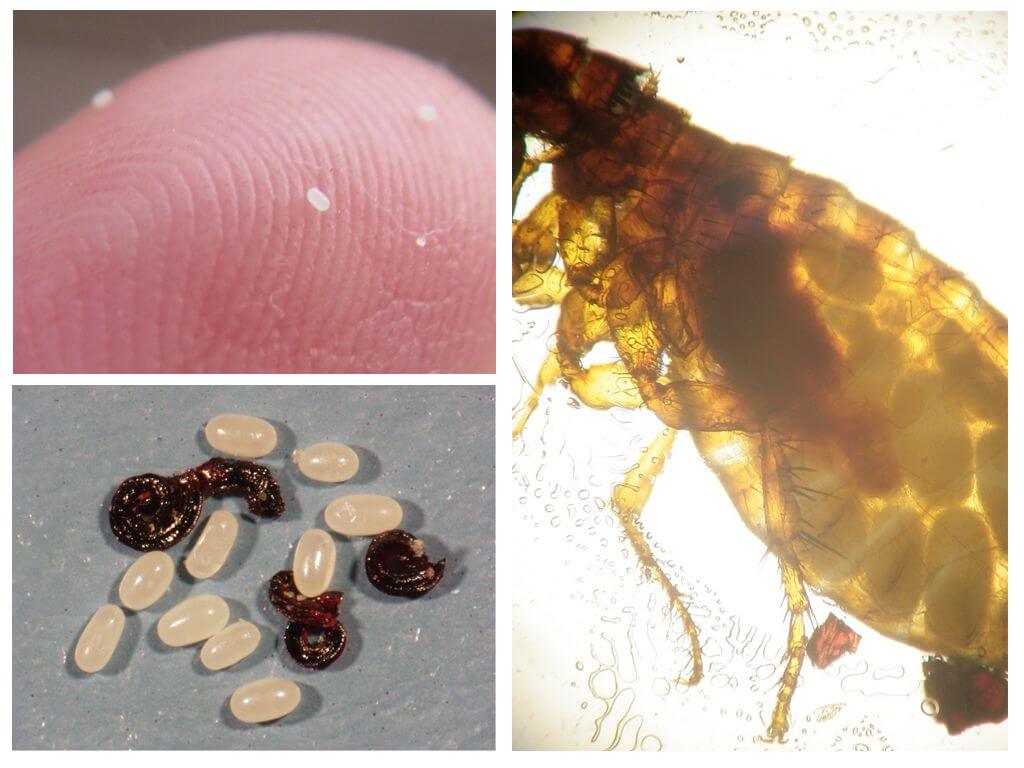
Females mate once in a lifetime, but produce 500-800 eggs. A well-fed female throws eggs with force, scattering them around. Domestic fleas lay their eggs in carpets, litter of animals, on their hair.
How fleas get into an apartment
Parasites get into the apartment not just in pet hair. Types of fleas in the apartment are diverse and represented basement, falling to the lower floors from under the floor, birds, penetrating from the attic inhabited by pigeons. Domestic fleas are not a separate species, but those insects that got into the house.
The types of fleas and the fight against them have been the subject of centuries of study. The danger of bloodsucking parasitesbiting a person in that they are carriers of a large number of dangerous diseases. So back in the 20th century, in India there was the last recorded epidemic of bubonic plague, the pathogen of which became rat fleas.
Modern pest controlKeeping homes clean eliminates the risk of pandemics in developed countries. But, not a single remedy can completely destroy parasites if there is unsanitary conditions in the home. Therefore, you should keep your home clean, regularly inspect the animal living in the house for fleas. If they are found, immediately take measures to destroy them using effective drugs for dogs and best cat remedies. Also necessary handle the apartment. In the presence of a large number of fleas, it is recommended to call specialists who will conduct professional disinfection.

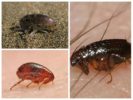

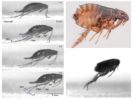
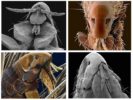
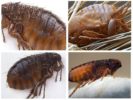
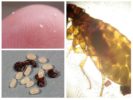
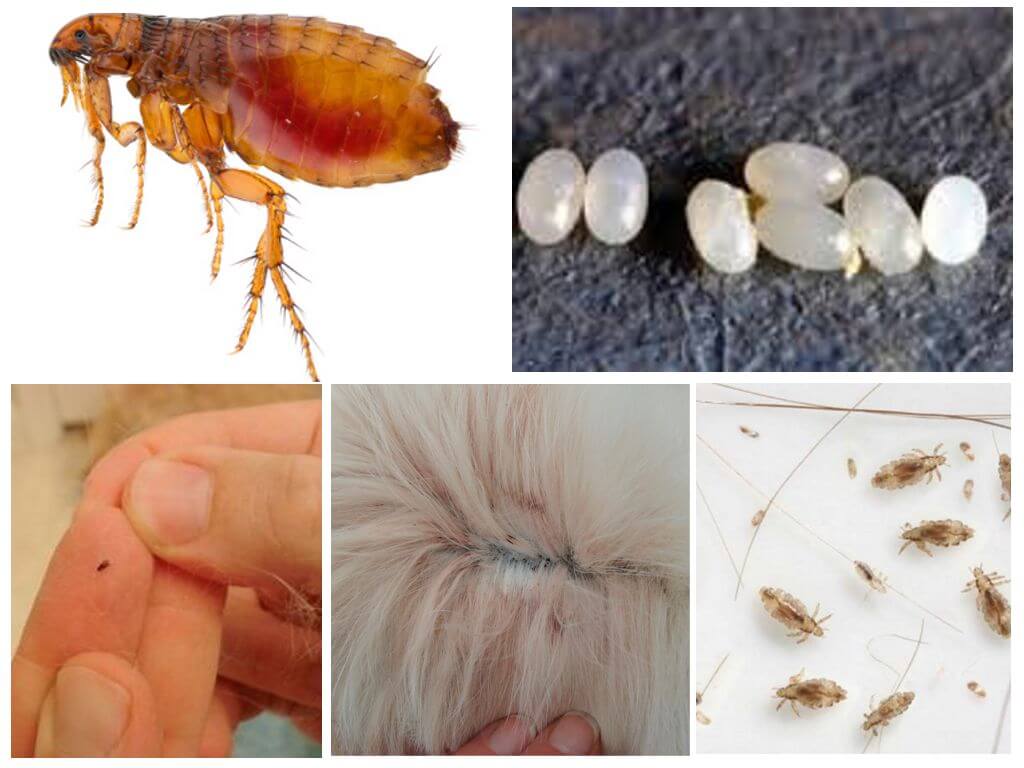

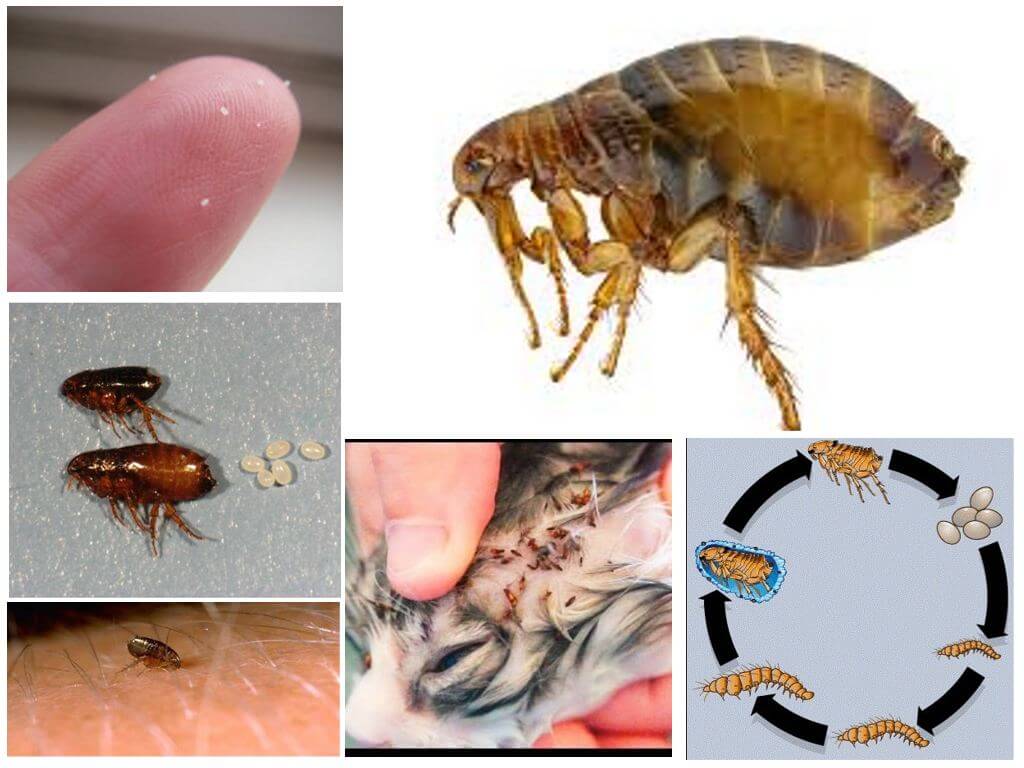
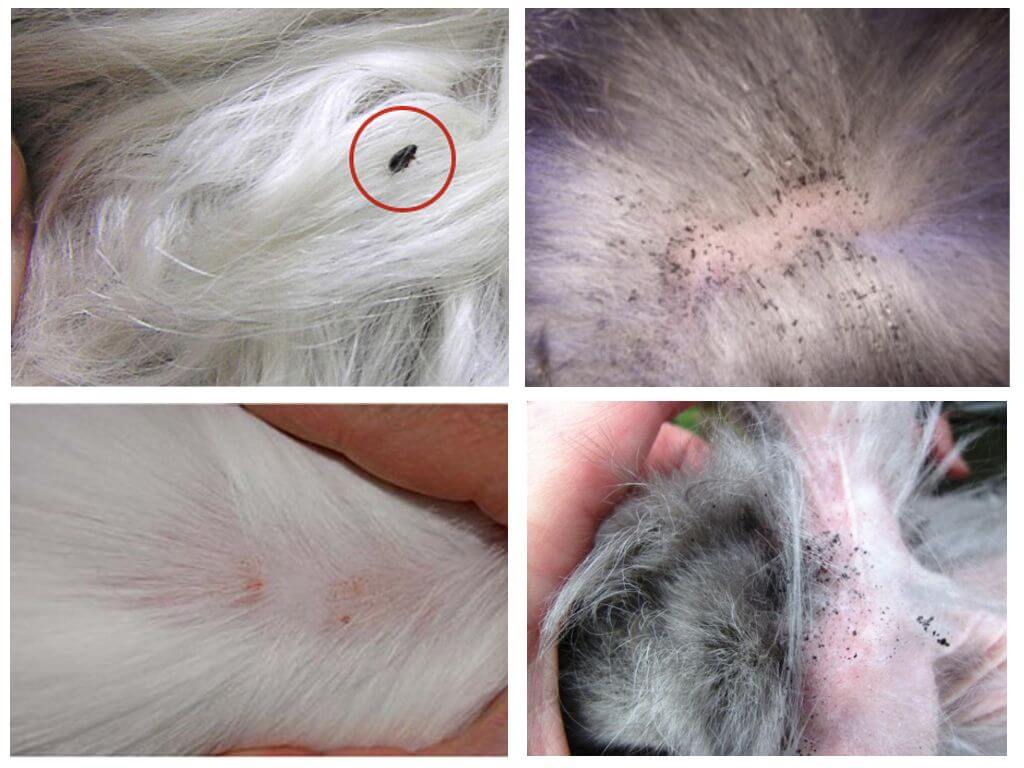
Two cats live at my place. They do not leave the apartment, but recently noticed that one began to itch. She scanned the coat carefully and found some tiny black dots.They moved so swiftly that they barely managed to catch one. It was possible to consider the insect only under a magnifying glass. There were not many fleas, but I know that it is worth getting one and soon the fur coat of my pussies will be swarming with them. Immediately ran to the veterinary clinic for shampoo. Washed pussies, and then washed the entire apartment with bleach. From where only my homely paws got this horror?
Fleas in my apartment got from the entrance. The neighboring girl felt sorry for the homeless dog and arranged for him to "lounger" on the site. A few days later I woke up from a burning pain. On the foot I saw several red swollen bites. I remember that in the village my grandmother treated flea bites with laundry soap. Thickly soaped these places and after a couple of minutes the pain disappeared, and by the evening the tumor had subsided and turned pale. I had to buy an aerosol from fleas and process the entire apartment and site. While the dog is in the stairwell, it’s unlikely that you will be able to bring fleas out, but you won’t even drive the animal out in the cold. What to do - I can’t imagine.
Have you tried using chalk from cockroaches? My mother also fleas flew from the doorway, there the homeless people set up a “rookery”. So she, on the advice of a friend, outlined all the doors, stranglers and fleas stopped appearing in the apartment. True, they did the processing at the entrance, and called the SES. I don’t know what helped. Probably, all together, but the main source to eliminate, otherwise you will fight the invasion.
Does the flea in the photo remind you of anyone? Poured alien from the movie "Alien"! Well, at least this abomination is so small, otherwise you will meet one at home ...
And I have positive all day! How to imagine "flea" pterodactyls!
Right! And there are different mammoths with giant fleas!
I read that fleas are being studied to build jumping robots. It would be interesting to know where it is going to use them? And what size will these "jumpers" be?
In a city apartment, I did not encounter fleas. I learned only from the article that they bite people. I thought that cats and stray dogs only suffer from them. And what to do so that they do not jump on people? We have a private sector nearby, there are chickens, pigs, dogs, cats live on the street. Now I will be afraid to go there!
Interesting article. I never thought that such ancient insects remained on Earth. I heard about cockroaches, but I didn’t know the same age as fleas.
In the village, we also have different animals. When we come to visit in the summer, it is worth walking along the grass in the yard and all legs are bitten. Smeared with mosquito repellent. It helps a little. It’s scary to pick up something, it is not known who they bit before.